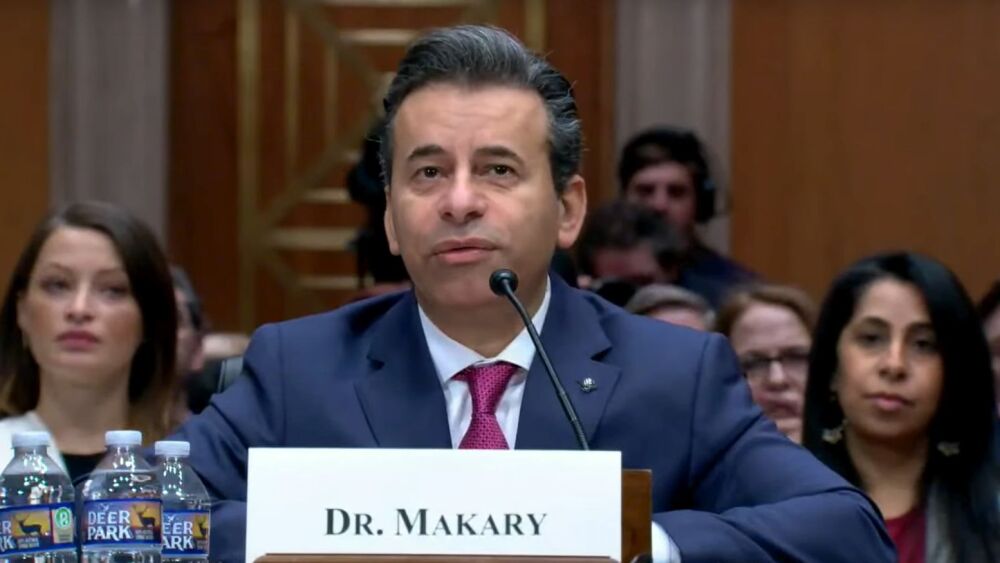In general, studies have shown that people with Type O blood appear to be more protected than those with Type A, who are seemingly more vulnerable, according to NBC News.
According to several studies, the risk of contracting COVID-19 or developing a serious case of the disease may be greater depending on blood type. In general, studies have shown that people with Type O blood appear to be more protected than those with Type A, who are seemingly more vulnerable, according to NBC News.
That being said, doctors specify that having a particular blood type does not necessarily protect individuals from COVID-19. Instead, researchers are using the information to better understand the virus and how it impacts the general public.
Dr. Aaron Glatt, chair of medicine and chief of infectious diseases at Mount Sinai South Nassau in New York, told the news source that known risk factors – such as older age and underlying health conditions – are by and large more influential on COVID-19 than blood type.
The first possible hint of a relationship between blood type and COVID-19 came back in March. Researchers in China compared approximately 2,200 hospitalized COVID-19 patients to a group of 27,000 healthy subjects, and found that those with Type A blood appeared to be at a significantly higher risk of contracting the disease. In their research, these individuals made up 38% of ill patients.
“These findings are consistent with similar risk patterns of ABO blood groups for other coronavirus infection found in previous studies,” wrote the authors of the report.
However, they noted that their theories on blood types and vulnerability needed to be explored through more studies.
In its first projections dating as far out as November 1, the Institute for Health Metrics and Evaluation (IHME) at the University of Washington forecasted more than 200,000 deaths in the U.S. as a result of COVID-19. The data, which was released on July 7, also suggests that these numbers can drop below the 200,000 mark if at least 95% of people wear masks in public.
IHME’s latest data includes the re-imposition of strong social distancing mandates when deaths per day reach a level of 8 per one million people. The forecast also shows deaths beginning to increase again in many states in mid- to late September as a result of the seasonality of COVID-19.
“The US didn’t experience a true end to the first wave of the pandemic,” Murray continued. “This will not spare us from a second surge in the fall, which will hit particularly hard in states currently seeing high levels of infections.”
Several biotechnology and biopharmaceutical companies have shifted their focus to developing a vaccine for COVID-19. The U.S. Food and Drug Administration (FDA) announced on June 30 that it had developed additional guidance with recommendations for those creating vaccines.
The guidelines, titled “Development and Licensure of Vaccines to Prevent COVID-19,” offer an overview of considerations companies will want to take into account to satisfy the requirements for chemistry, manufacturing and control, nonclinical and clinical data through development and licensure.
“In this particular crisis in which there is so much at stake, we need to help expedite vaccine development as much as we can without sacrificing our standards for quality, safety, and efficacy,” said Peter Marks, M.D., Ph.D., director of the FDA’s Center for Biologics Evaluation and Research. “We firmly believe that transparency regarding the FDA’s current thinking about the scientific data needed to support approval of safe and effective COVID-19 vaccines will help build public confidence in the FDA’s evaluation process, which will be critical in ensuring their use.”





